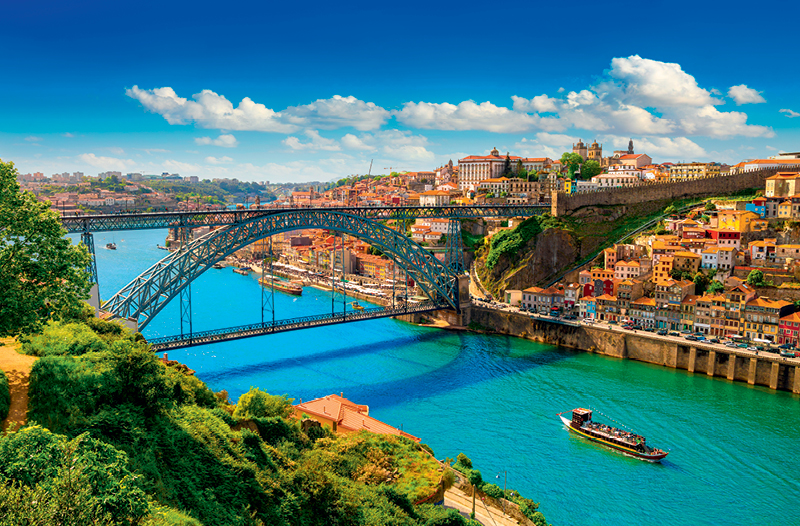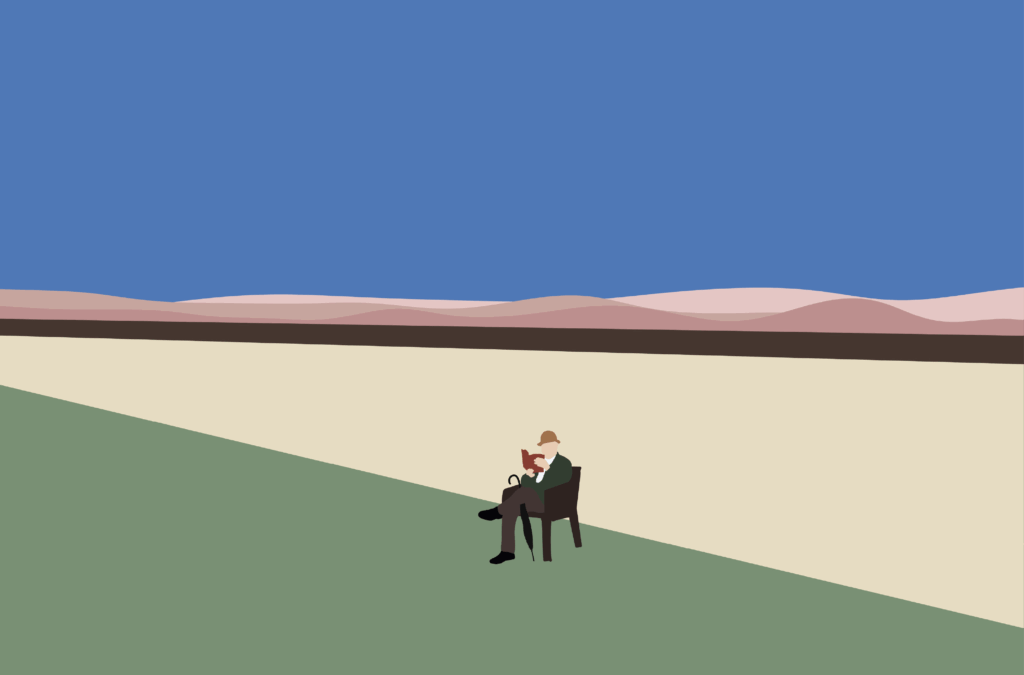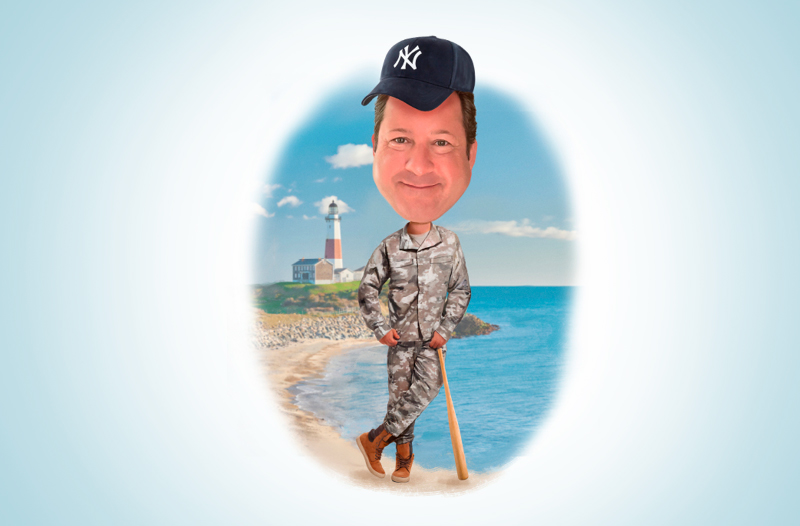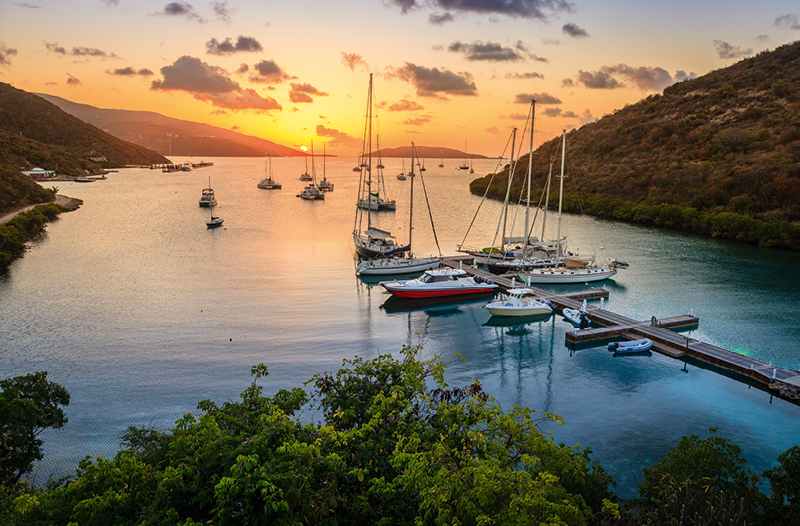
Fantasy Islands

Islands and vacations go together like sand and sea, palm trees and trade winds, piñas and coladas.
When you travel to an island, there’s a deep sense of freedom as you physically distance yourself from the mainland and its pesky obligations. You can embrace “island time,” that relaxed pace of life where watching a great egret glide across the sky is more important than making your dinner reservation. Islands are filled with the most dramatic natural beauty—from beaches of dazzling hues and gushing waterfalls tucked away in rainforests to deity-defining volcanoes and colorful underwater cities of coral— not to mention cultures that often developed in isolation before blending with continental influences.
WHEN TO GO
British Virgin Islands: the dry season between December and April; Seychelles: the shoulder months of April–May or October–November; Whitsundays: September–October.
LANGUAGE
English primarily in BVI and the Whitsundays, with English, French, and Creole in Seychelles.
COMPANIES TO CONSIDER
Virgin Voyages, Windstar Cruises, Paul Gauguin Cruises, Norwegian Cruise Line
Which island should you visit? Maldives, Bali, Bora Bora, Santorini, and Tahiti are all spectacular choices, each with a long history of welcoming visitors. However, we’ll focus on a few island chains that rarely get the spotlight, even though they all offer something special beyond their beaches to put a twinkle in a traveler’s eyes.
British Virgin Islands
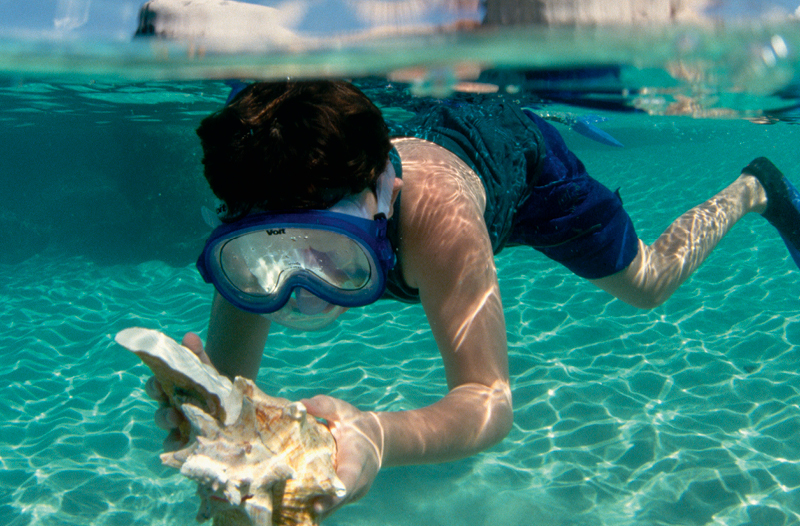
In 1493, when Christopher Columbus first set eyes on a group of populated islands east of what is now Puerto Rico, he named them “Santa Ursula y las Once Mil Vírgenes,” or “Saint Ursula and her 11,000 Virgins.” The awkward name did not stick, shortened to Virgin Islands until Britain took control in 1672. Nowadays, the British Virgin Islands are regularly called simply “BVI,” which could just as easily stand for Breathtaking Vistas of Infinity. In every direction across 60-plus islands and cays of this sunstruck archipelago are sapphire seas, never- ending beaches, and lush forests.
The islands are more accessible than some might think, with three airports and then ferries ready to sweep you away to your island of choice. Many visitors, though, bring or rent their own transportation in the form of sailboats; with islands close enough to make navigation a breeze, sheltered coves around every corner, and reliable trade winds, sailing here is a dream. You can easily drop anchor to grab the catch of the day from the Tipsy Shark on Jost Van Dyke island or sail another 5 miles down the coast to a quiet cove to relax as your boat rhythmically bobs on the lullabying waves.
For those wanting to explore the islands themselves, Tortola, the country’s largest and most populated, is a great place to start. Adventures here run the gamut. You can snorkel over sea fans, brain coral, and sponges in Smuggler’s Cove; enjoy the lively bars at Cane Garden Bay; hike the 1,716 feet to the islands’ highest point in Sage Mountain National Park; or down delicious samples at Callwood Rum Distillery, which still operates out of its original stone building from the 1800s using its original boiler.
Any trip to BVI or the nearby U.S. Virgin Islands must include a visit to the island of Virgin Gorda, if only for The Baths National Park. Here you’ll find massive, rounded granite boulders, some 40 feet in diameter, scattered across a pristine white-sand beach to create a maze of photogenic tide pools, small caves, and secret passageways to explore. You’ll want to frame your photos of the Cathedral Room—a stunning cavern of massive boulders leaning together over a knee-deep pool of cerulean water, perfectly illuminated by a stray strand of sunlight.
Seychelles
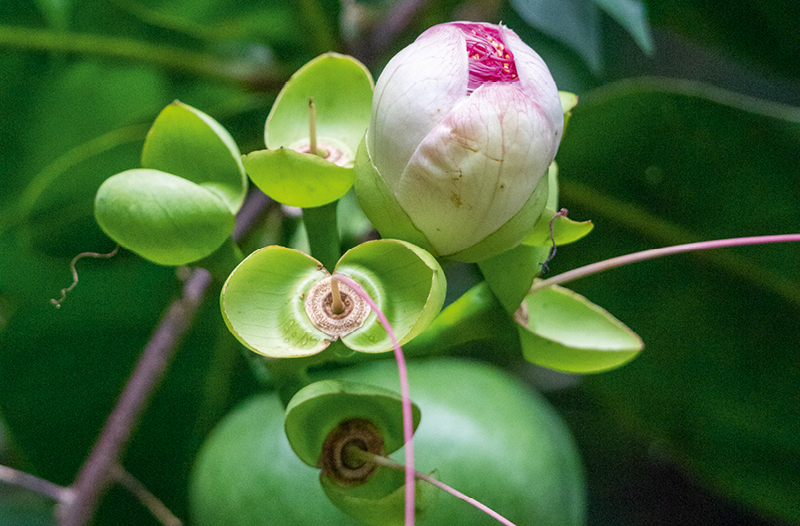
Isolated in the Indian Ocean, Seychelles’ 115 granite and coral islands sit 800 nautical miles from mainland Africa. Uninhabited until 1770 and without an airport until 1972, they comprise a remote and impressively unique destination that relatively few have heard of let alone visited. A long list of rare plants and animals earns comparisons to the Galápagos Islands—this is the place to dive, without crowds, amid graceful eagle rays, stand among a throng of squawking sooty terns, or gaze into the intelligent eyes of a giant tortoise. All of this occurs in an awestriking tropical setting complete with two UNESCO World Heritage Sites, luxury resorts, and high-end cuisine. Add in the islands’ mix of cultural heritages—its three official languages are English, French, and Creole, while Italian and German are widely understood—and you have a place where are all welcome to enjoy its bountiful gifts.
Of all the islands, Mahé, Praslin, and La Digue attract the most attention. Mahé—home to the capital city of Victoria, the international airport, and most of the country’s population—is still a natural paradise of forest-clad mountains sloping gracefully down to more than 60 idyllic beaches. To best view these beaches, hike through lush tropical jungles to the top of the island’s highest peak, Morne Seychellois, at 2,969 feet. After working up an appetite hiking, head to Le Jardin du Roi Spice Garden, a living museum where you can bask in the aromas of vanilla, nutmeg, and cinnamon before venturing to the restaurant where those spices are put to work.
On Praslin, Seychelles’ second-largest island, you’ll find Vallée de Mai Nature Reserve, a UNESCO World Heritage Site that houses 11-story-tall coco de mer palms and the Seychelles black parrot, both endangered but thriving here. If you can pry yourself away from Anse Lazio and the island’s other beautiful beaches, aim for a day trip to the small granite island of Curieuse, a sanctuary for flora and fauna where you’ll find mangrove forests and hundreds of giant tortoises in the wild.
Just 3.5 miles away lies La Digue, where the only means of transportation are bicycle and ox cart, which is slow but certainly memorable. You’ll also never forget Anse Source d’Argent, one of the world’s most photographed beaches thanks to colossal granite boulders jutting up from the ground. You’ll need to pay to visit this beach, but your ticket also grants entrance to L’Union Estate, a former coconut and vanilla plantation that showcases the region’s colonial history.
The Whitsundays
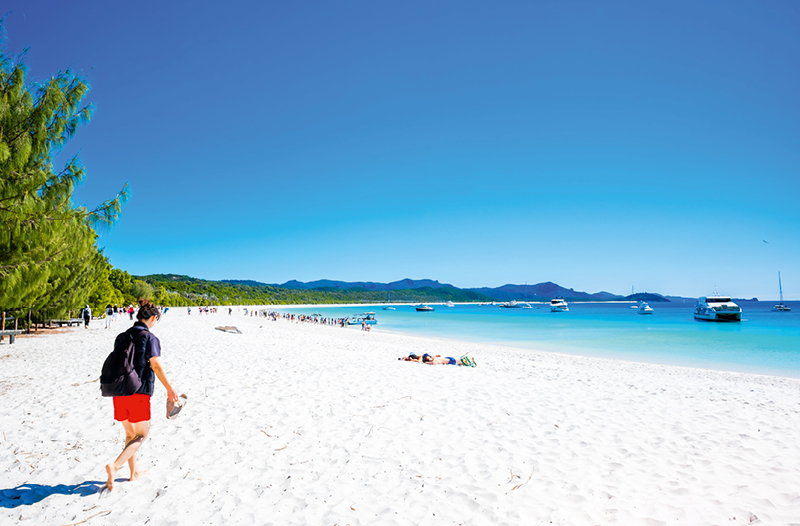
This archipelago, with 74 tree-tipped islands and sandy atolls off the coast of Queensland, Australia, sits in shallow waters along the Great Barrier Reef, summoning travelers to stroll over blazing white beaches, snorkel over coral platforms, and float in aqua-blue lagoons. Most of these islands are designated national parks, so “pristine” is the islands’ de-facto condition.
Other popular activities include helicopter tours, especially over Heart Reef, a famous reef shaped like—well, you can figure it out. You can also glide over the clear waters in a glass-bottom boat to see a kaleidoscope of tropical fish and colorful corals, chill out at the mainland surf town of Airlie Beach, discover the islands through the eyes of its ancient caretakers on a Ngaro Indigenous Cultural Tour, and rent a sailboat for a few days and sleep under the stars.
Nonetheless, the most popular attraction is still a beach—Whitehaven Beach, a 4-mile stretch of swirling, 98% silica sand that is extremely soft and fine and won’t scald bare feet no matter the temperature. It invites you to stroll along its shores, staring out into the island-dotted horizon, feeling at peace with yourself and the world. That is the essence of an island escape: finding serenity in the simplicity of life.
CRUISE CORNER
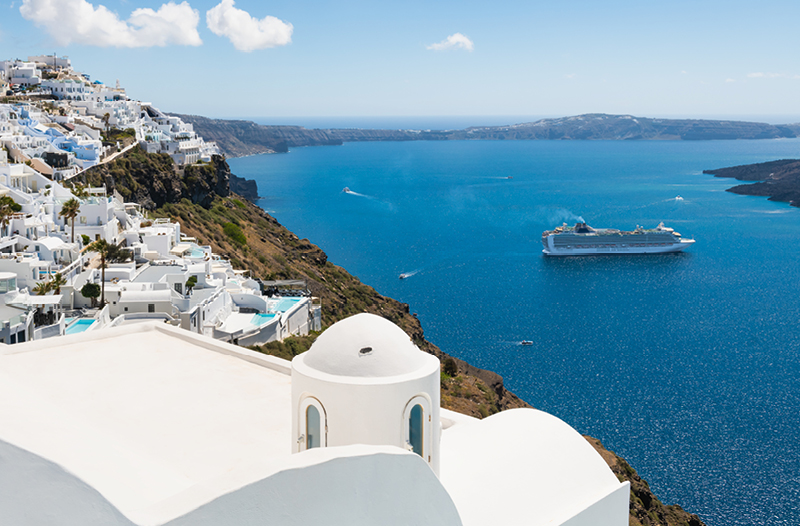
Island hopping on a single cruise allows you to explore them more thoroughly and truly get to know each island’s distinct character. Here are a few island chains that make for great destinations.
The Greek Isles > Often launching from the city of Piraeus, near Athens, a Greek Isles cruise will call upon heavy hitters like Mykonos and Santorini before stopping at lesser-visited ports in Rhodes and Corfu. Pro tip: Smaller ships can visit more intimate and less touristy islands where big ships can’t dock.
Society Islands > Cruising the Society Islands archipelago—home to Tahiti and Bora Bora—is cruising a world of luminous lagoons and verdant islands. The island of Huahine is a must visit thanks to its large collection of ancient Polynesian temples, called marae, sacred sites that offer intriguing glimpses into the island’s past.
Hawaiian Islands > Some cruise lines like Norwegian offer weeklong voyages that start and end in Hawaii, visiting four islands with several overnights, so you’ll have plenty of time to hike to waterfalls, experience authentic luaus, and try your hand (or feet?) at surfing.
TASTY TREATS
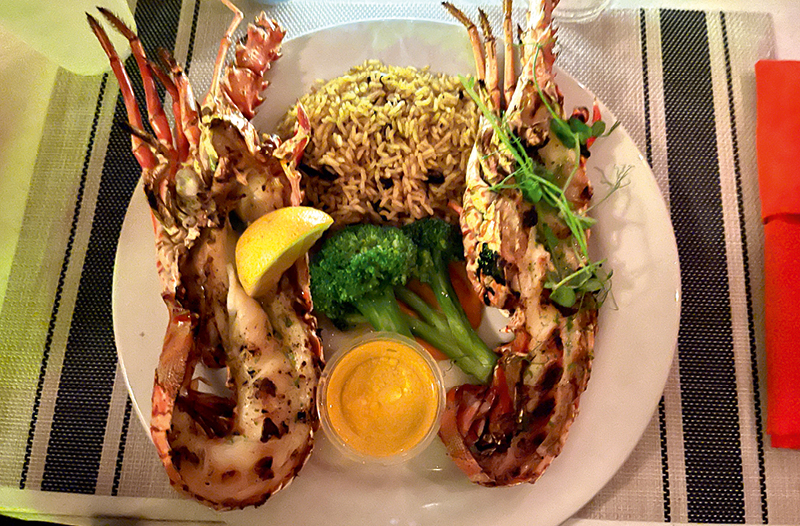
Island cuisine will always revolve around fish, but each nation adds local ingredients and flavors to create a unique culinary scene. Here are some dishes to try on these island paradises.
Fish and Fungi (British Virgin Islands) > The country’s national dish combines okra (not mushrooms) with cornmeal to make a thick mash served with cod or mackerel.
Anegada Lobster (British Virgin Islands) > The local lobster has no claws and a meaty tail. It’s typically grilled on the beach and spiced with secret ingredients.
Ladob (Seychelles) > A dish based on plantains and sweet potatoes (sometimes with breadfruit and cassava) that can be prepared sweet or savory, hot or cold.
Kari Koko Zourit (Seychelles) > Curry made from diced, boiled octopus cooked in coconut milk and flavored with various herbs and spices.
Coral Trout (Whitsundays) > Common to the Great Barrier Reef, this local favorite has a delicate sweet flavor and is usually served grilled, poached, or steamed.
King Prawns (Whitsundays) > Aussies batter and throw these on the barbie, not shrimp, to serve with fish and chips.
